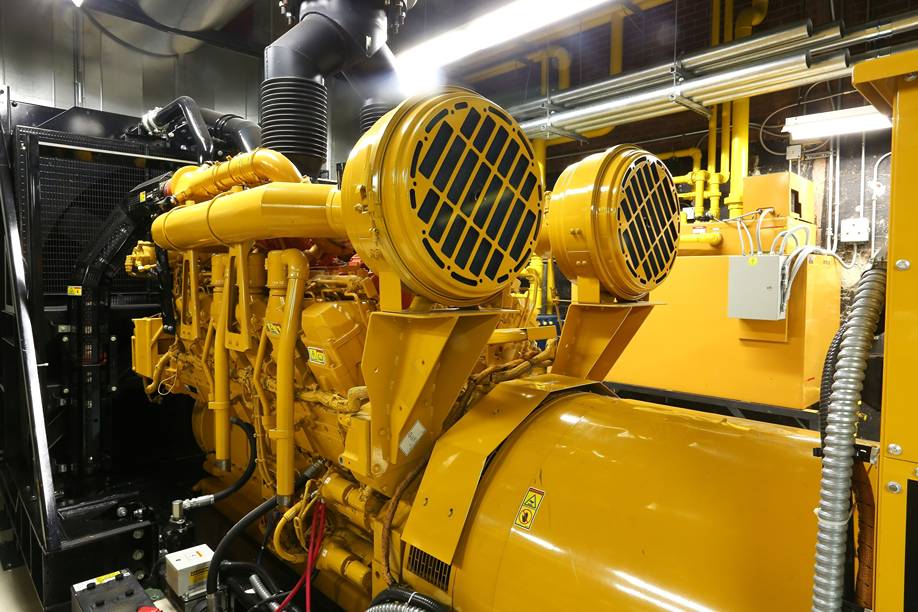Steel plate connections are commonly used in structural engineering to join steel members together. The design and calculations for steel plate connections involve several factors, including the applied loads, plate thickness, weld size, and bolted connections. Here’s a general overview of the calculations involved in steel plate connections:
- Determine the applied loads: The first step is to determine the forces acting on the connection. This includes axial forces, shear forces, and bending moments. The applied loads can be determined from the structural analysis of the overall system.
- Plate thickness calculation: The plate thickness is determined based on the applied loads and the required strength of the connection. The plate needs to be thick enough to resist the applied forces without excessive deflection or failure. Various design codes, such as AISC (American Institute of Steel Construction), provide guidelines and formulas for calculating the required plate thickness.
- Weld design: If the connection is welded, the weld design needs to be considered. This includes determining the required weld size and length. The weld size is calculated based on the applied loads and the type of weld (e.g., fillet weld, groove weld). The welding procedure and material properties also play a role in determining the appropriate weld size.
- Bolted connection design: If the connection is bolted, the design involves calculating the required number and size of bolts. The bolt size is determined based on the applied loads and the required strength. Bolt spacing and edge distances are also considered to ensure proper load transfer and avoid plate failure.
- Check for plate and weld capacity: Once the plate thickness, weld size, and bolted connection details are determined, it is essential to check the capacity of the plate and weld. This involves comparing the calculated stresses in the plate and weld to their allowable limits. The design codes provide guidelines for checking the plate and weld capacities.
- Consider other factors: In addition to the basic calculations, other factors should be considered, such as fatigue strength, corrosion protection, and any specific requirements or constraints specified by the project or design standards.
It’s important to note that the design of steel plate connections should be performed by a qualified structural engineer or designer. They will consider all relevant factors, including local design codes, material properties, and specific project requirements, to ensure a safe and efficient connection.









